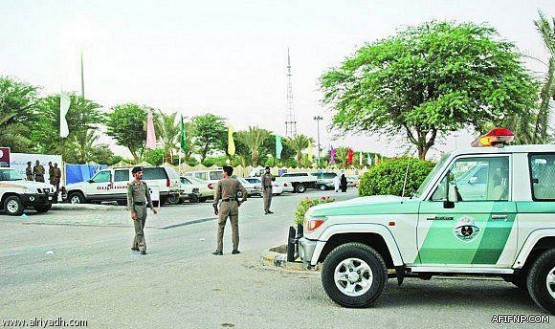Hazard lights are an essential tool for keeping you and other road users safe, but do you know when to use them? The Saudi Traffic Department has highlighted three specific situations where hazard lights are not just helpful—they’re absolutely necessary. Let’s dive into these scenarios, break them down, and see why understanding their use could save lives.
1. Notifying Others of an Accident Ahead
Picture this: you’re driving along a busy highway, and suddenly you notice a crash up ahead. What’s the first thing you should do? Turn on those hazard lights.
Activating your hazard lights when there’s an accident in front of you signals other drivers to proceed cautiously. It’s like giving everyone a visual “heads-up” to slow down and approach the area with care. This small action can go a long way in preventing secondary collisions, which often occur when drivers are caught off guard.
Think of it as holding up a neon sign that says, “Stay alert!” Hazard lights cut through distractions and instantly grab attention, helping keep the road safer for everyone involved.
2. Sudden Traffic Jams: A Signal for Safety
We’ve all been there: cruising along smoothly when, out of nowhere, traffic grinds to a halt. Sudden congestion can be dangerous, especially for vehicles traveling at high speeds. This is where hazard lights step in to play their role.
When you spot a traffic jam forming or need to stop abruptly, switching on your hazard lights alerts the drivers behind you. It’s a way of saying, “Hey, slow down—something’s happening up ahead.” By giving this warning, you reduce the risk of rear-end collisions, which are all too common in stop-and-go traffic situations.
Think of hazard lights as your car’s way of tapping the brakes extra hard for the people behind you. They make sure others see the unexpected slowdown before it’s too late.
3. Low-Visibility Conditions: Be Seen, Stay Safe
Driving in poor visibility conditions, like fog, heavy rain, or dust storms, can feel like navigating through a gray curtain. In moments like these, hazard lights become your best ally.
By turning them on, you make your vehicle more visible to others sharing the road. It’s like shining a flashlight in a dark room—suddenly, everyone knows you’re there. This is crucial when visibility is compromised, as it prevents potential accidents caused by vehicles being overlooked in the haze.
However, it’s worth noting that hazard lights should only be used in extreme low-visibility situations, not during regular rain or light mist. Overusing them can confuse other drivers, so be sure to use them wisely.
The Bigger Picture: Safe Driving is Smart Driving
The Saudi Traffic Department’s advice boils down to one thing: responsibility. Knowing when to use hazard lights isn’t just about following rules—it’s about fostering a culture of awareness and care on the road.
By using hazard lights in these three specific situations—warning of an accident, signaling sudden congestion, and improving visibility in tough weather—you’re not only protecting yourself but also contributing to a safer driving environment for everyone.
So, next time you’re behind the wheel, think of your hazard lights as more than just a button on your dashboard. They’re a powerful tool that, when used correctly, can make all the difference in critical moments. Stay safe out there!

